Detour #241: Racing through history from Boulogne to Pau, France
Photo Dominic Fraser
This classic route across France is a celebration of gallic guts and glory.
The French are the original motor racers. When Le Petit Journal staged its Horseless Carriages contest in July 1894, running from Paris to Rouen it was the world’s first automobile competition.
The annals of automotive history have ever since been filled with the daring exploits of heroic drivers on the streets and circuits of France. Even the term Grand Prix is French, of course.
This celebration of gallic guts and glory begins, as many visits to France by car do, in Calais. Off the ferry or Eurostar we have two racy spots in close proximity, so resist the temptation to speed off down the autoroute and take the D940 south instead. Meandering along the coast with open fields to your left you’ll soon find yourself at St Martin-Boulogne which held road races from 1911-1928 on a course that varied between 23 and 32 miles in length. The near-triangular route along the D341 to Desvres then up the D127 to Alincthun and a hard left back down the N42 saw Malcolm Campbell achieve a record lap where he averaged 78.177mph in his 1928 Delage. Today there’s precious little sign of the automotive action that once took place on these country roads.
Photo Shutterstock
The same is definitely not true just 20 miles south on the beach of Le Touquet, where every year since 1975, apart from the interruption of the coronavirus, hundreds of motorcyclists gather every February for a gruelling enduro race across the sands. It’s an awesome sight and sound to behold, and makes even the busiest summer’s day on the beach seem very sedate.
The remainder of your pitstops are rather more spread out, so it’s time to hit the péage. Take the A16, A29 and then the A26 south eastwards and in less than three hours you’ll need to get your camera ready for the obligatory photo of the pit lane at Reims. The track last held a Grand Prix in 1966 when Sir Jack Brabham set a new lap record, averaging 138mph on this rapid road circuit. It’s still possible to follow most of the route, if you head south east on the D27, turning right onto the D26 at the roundabout which was once turn one, Calvaire. The almost 90-degree right-hander named Annie Busquet comes up quickly, as does the left kink at Brettelle Nord. Virage Muizon is now another roundabout where you turn right onto the long straight through La Garenne to a third roundabout previously known as Virage Thillois and now you’re back on the home straight for a photo finish next to the long-abandoned pit buildings.
Photo Jesse de Backer / Unsplash
Paris has been the start and finish for many a race and rally, with long-haul routes going as far as Dakar and Peking, but this road trip bypasses the capital as you take the A4, A10 and A11 autoroutes to the home of the most famous endurance race in the world, the 24 hours of Le Mans.

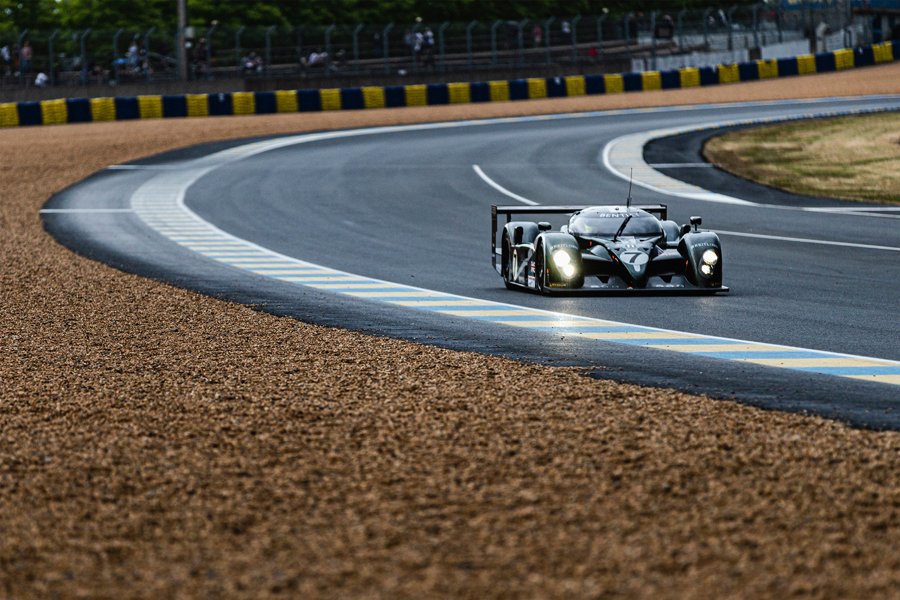
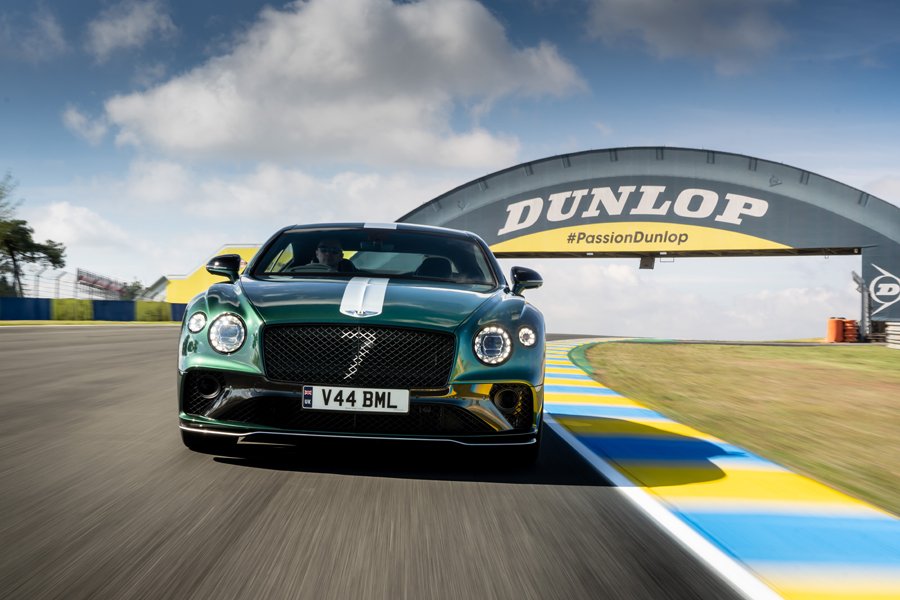
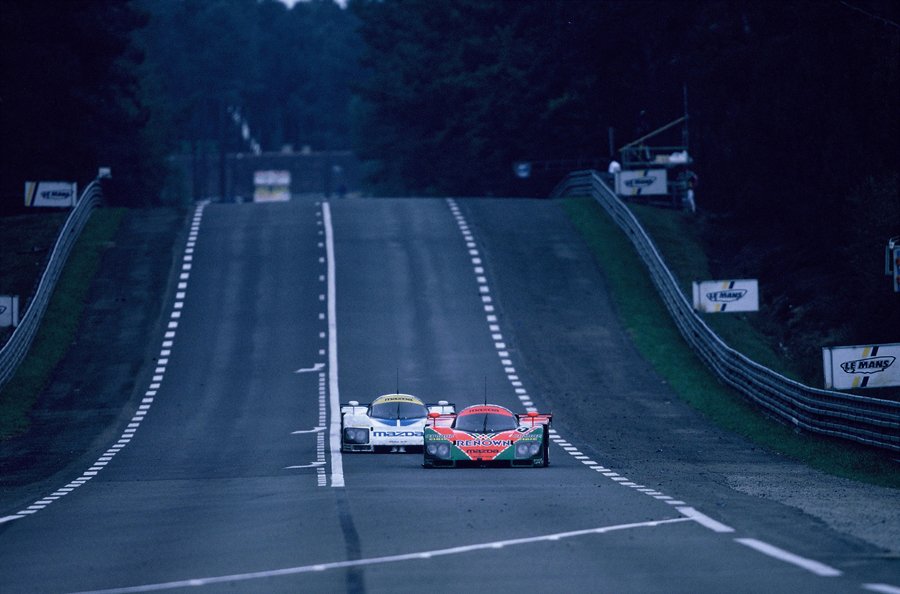
The majority of the modern Le Mans circuit is purpose built. Known as the Bugatti, circuit it crams 14 corners into its 2.6-mile length. However, it’s the full 8.5-mile layout which opens up onto the public roads of neighbouring Hunaudières, Mulsanne and Arnage where the highest speeds are achieved. Obviously, the road sections are closed during testing and racing for the 24 hours, but the rest of the year you can drive around by following the D323, D338, D140 and D139 and imagine what it must be like to hurtle down these narrow roads at three times the legal limit.
It’s over 400 miles to Pau so as you head south following the A28 and A10, you may well wish to break your journey. As it happens you’ll pass through Bordeaux which would be a rather nice place to unwind (or maybe just drink wine).
Heading further south on the A62, A65 you could make a quick cheese stop at Roquefort before you reach the picturesque town of Pau, with the peaks of the Pyrénées looming over it. Pau has hosted motor racing since 1900 on a 1.7-mile circuit that weaves through the streets. Jim Clark was the most successful driver here, winning Formula Two races four times. These days it’s Formula Three that turns in the fastest laps, while the annual Historic Grand Prix is not unlike a Gallic Goodwood Revival with races for classic Formula and Touring Cars. It’s a delightful drive through the town, following the river down Avenue Gaston Lacoste, cutting right to take Avenue Napoleon Bonaparte, passing the grand Palais Beaumont and skirting the park.
It’s almost like a mini Monte Carlo, although you won’t find any superyachts bobbing along the Ruisseau de l’Ousse and the Palais is a conference centre, not a casino. On the plus side you won’t lose your life savings at the tables or simply buying dinner.
Monte Carlo itself is a full day’s drive along the coast, and a whole adventure in itself, so we’ll leave it for another day.
Photo Will Truettner / Unsplash
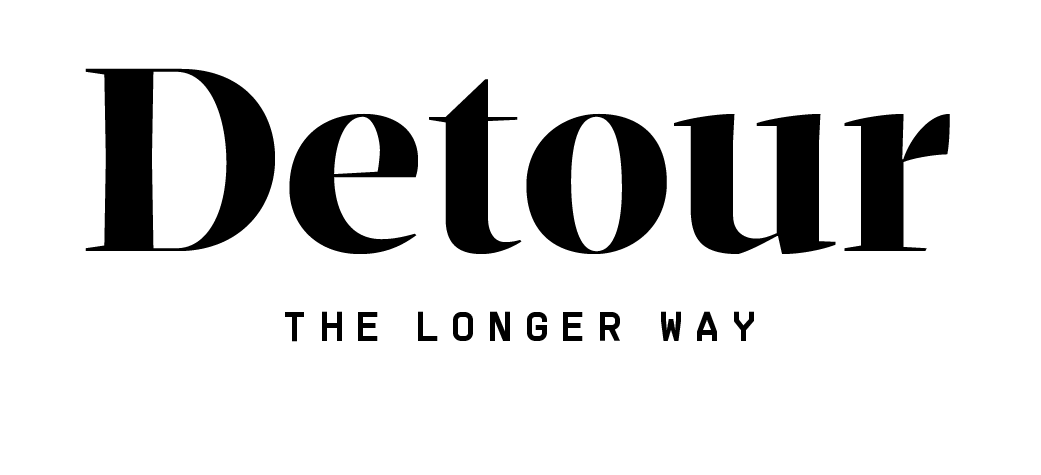


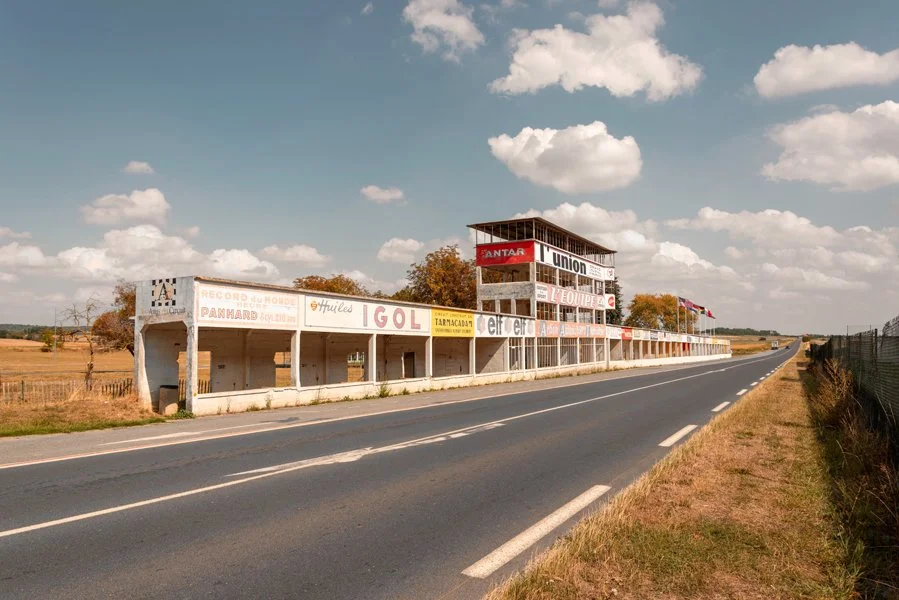
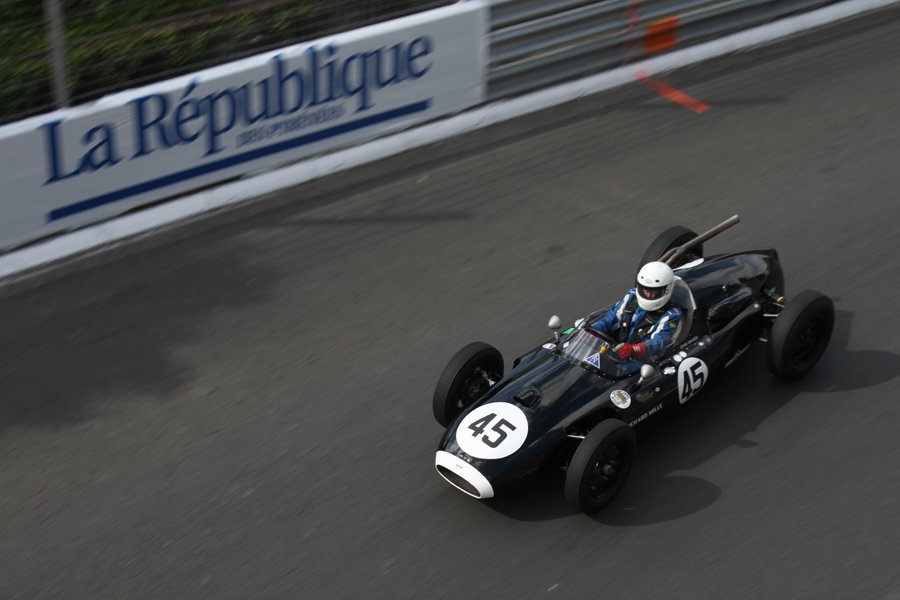
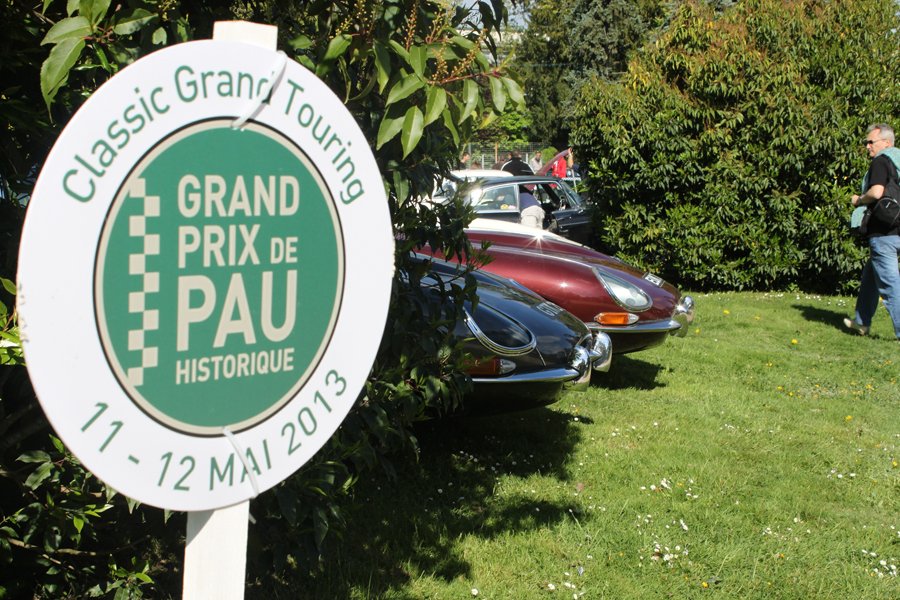
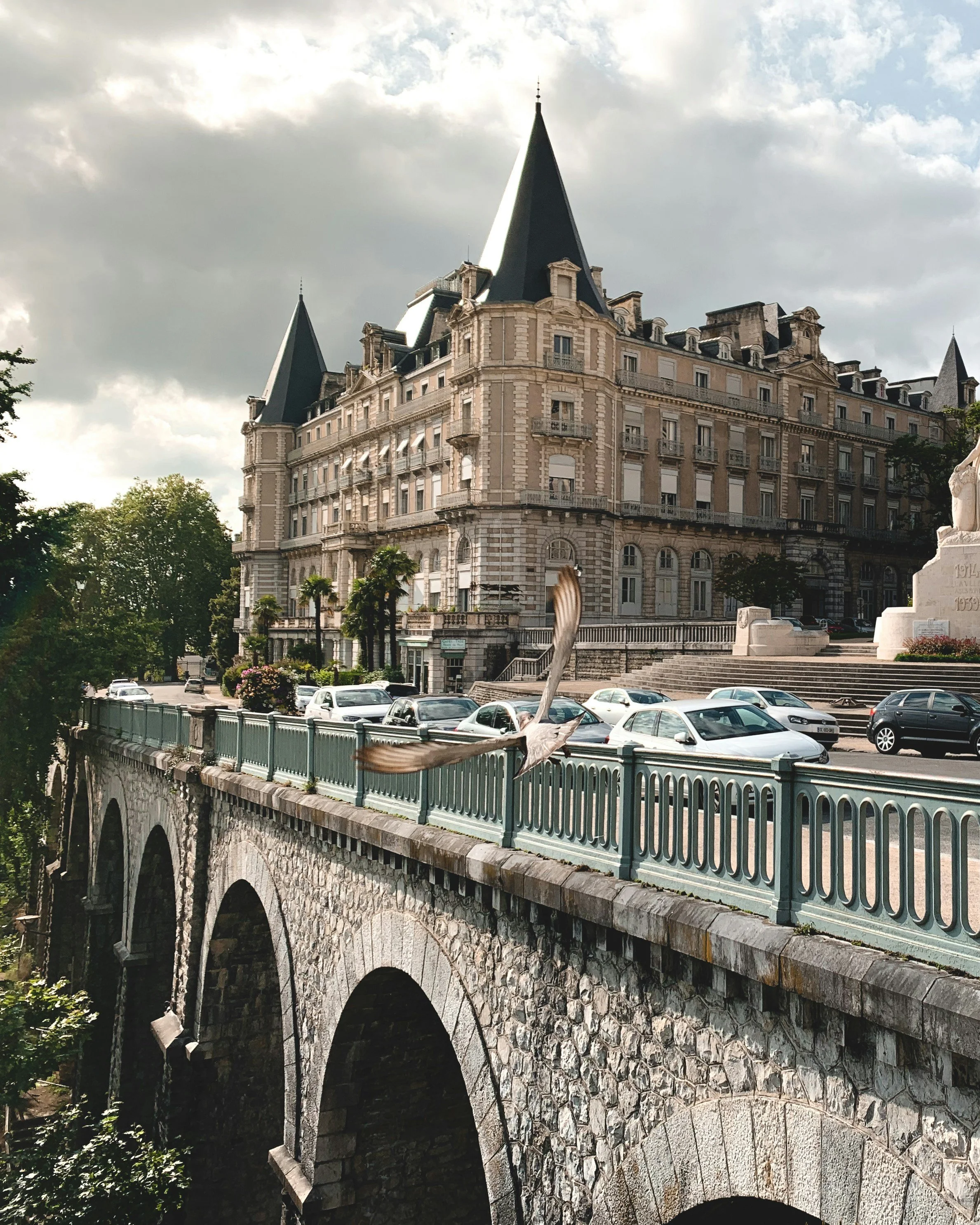

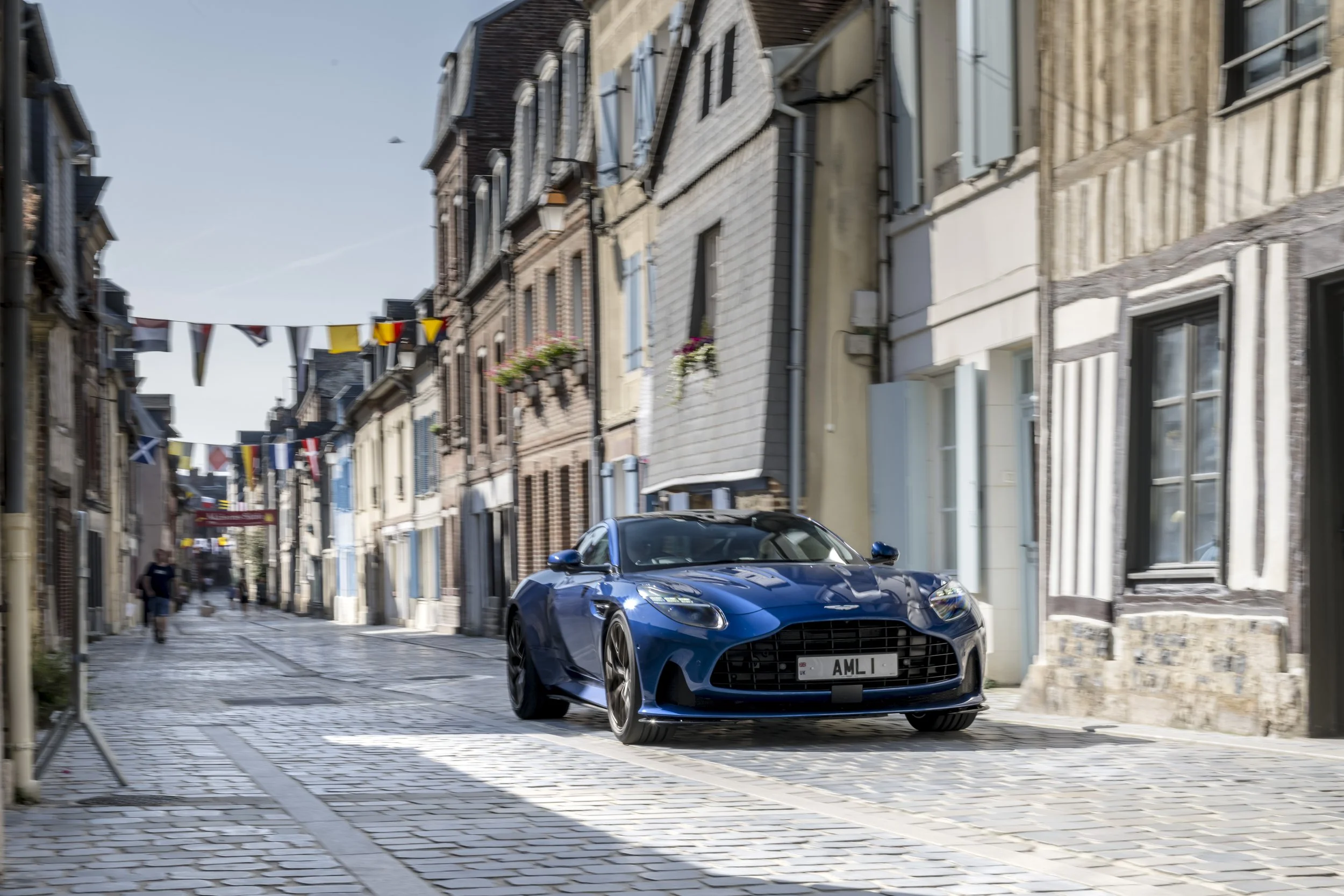
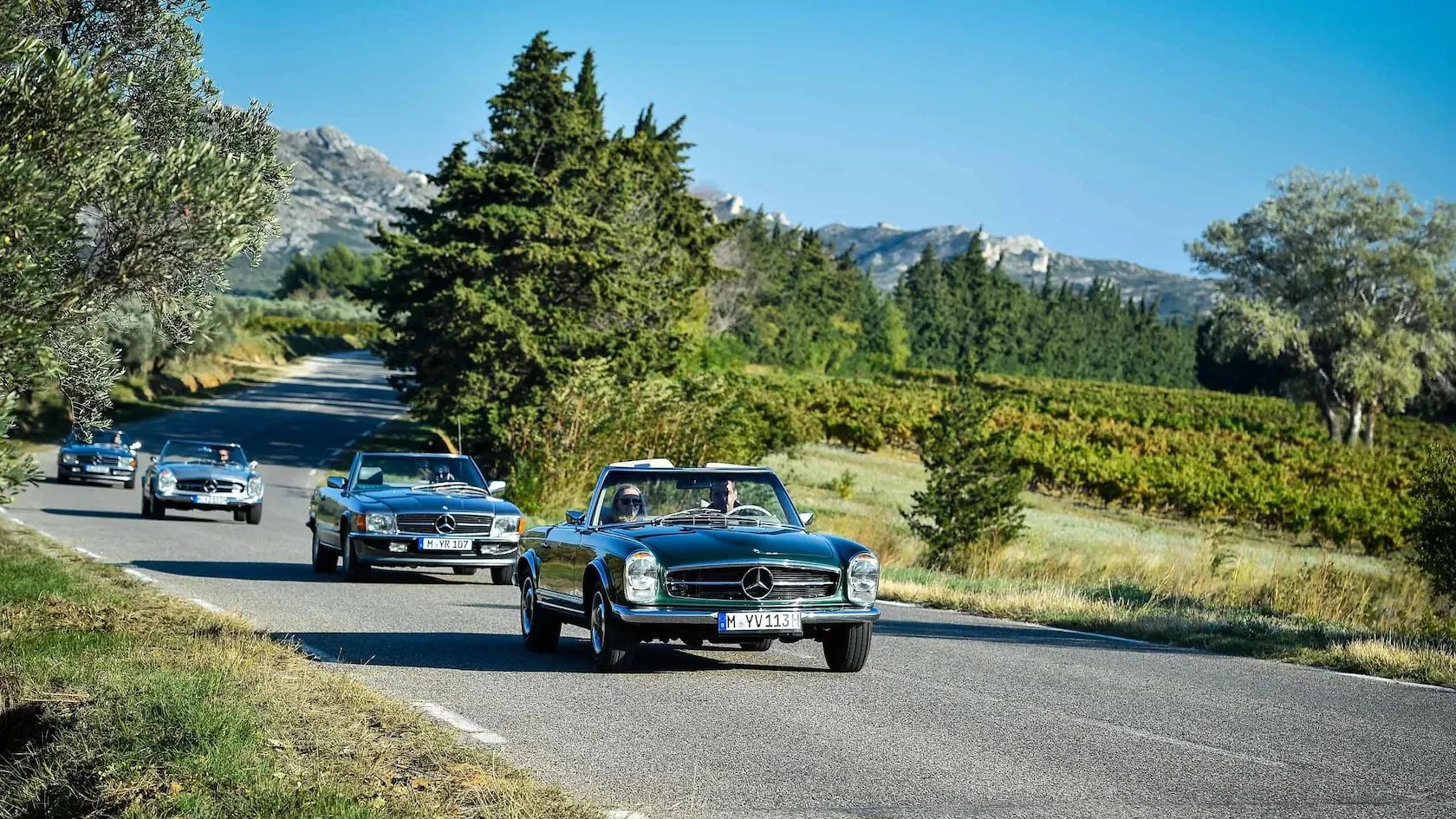
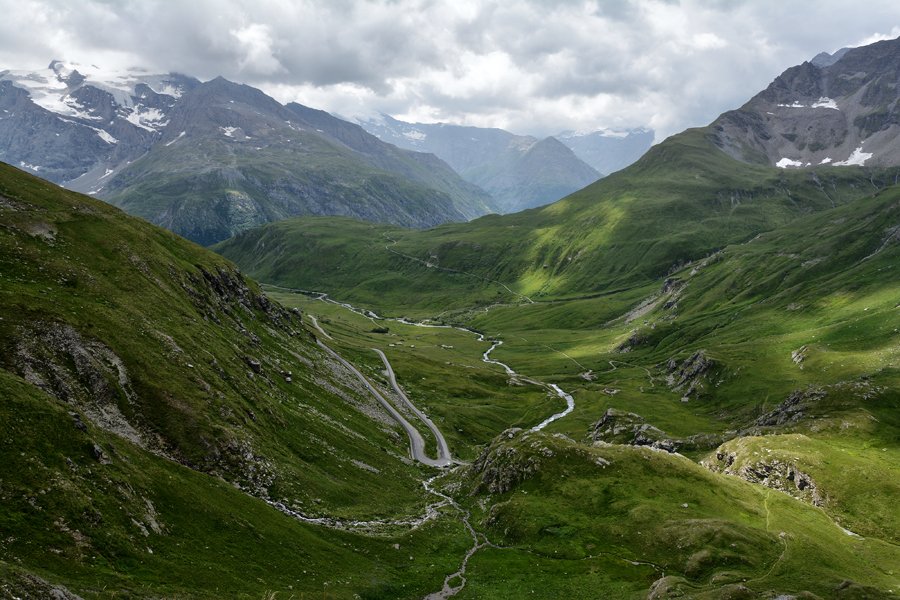



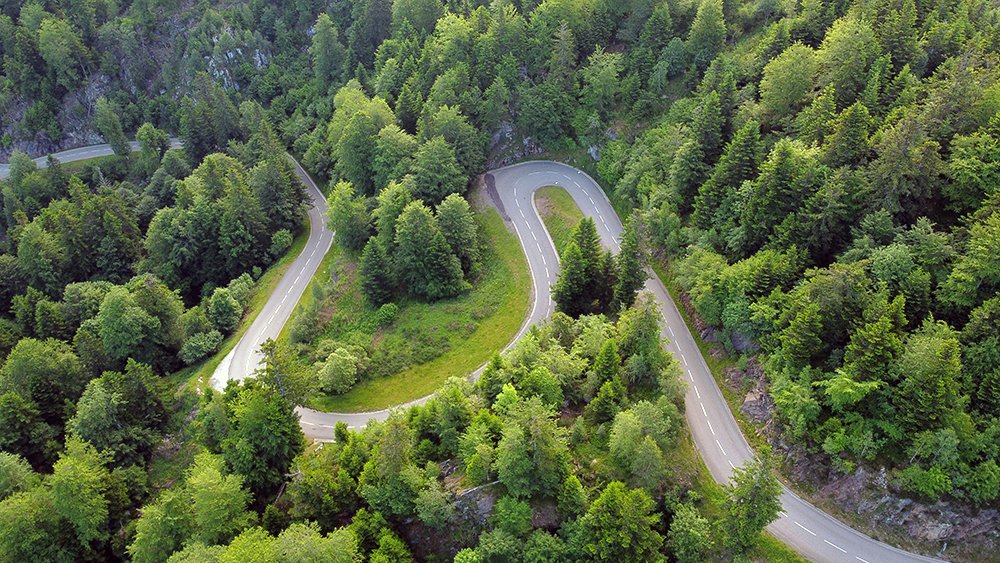

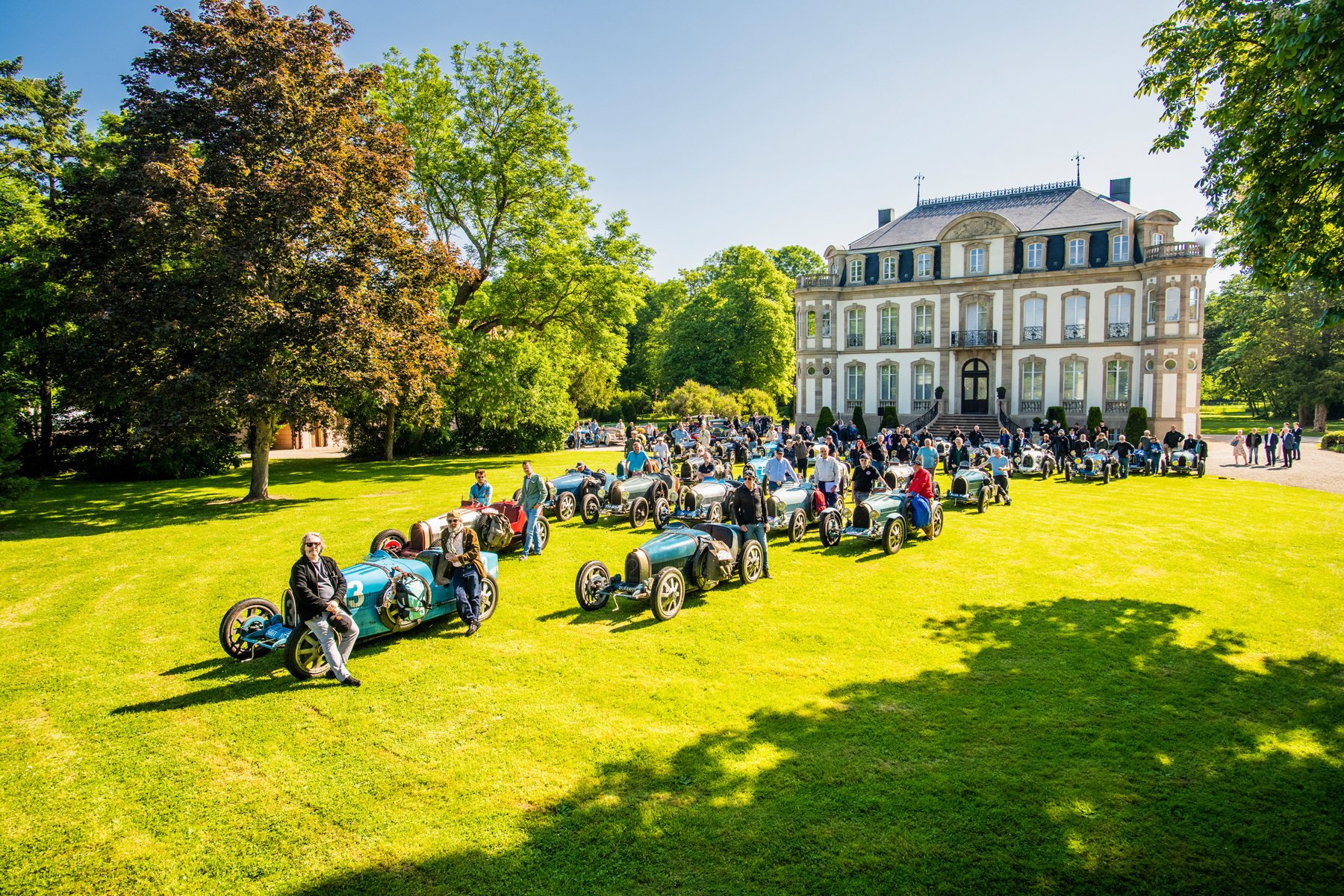

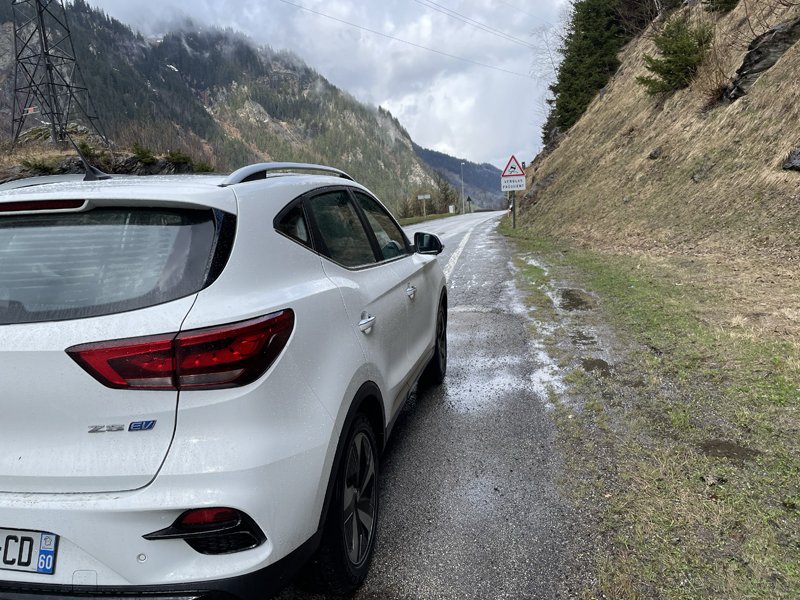


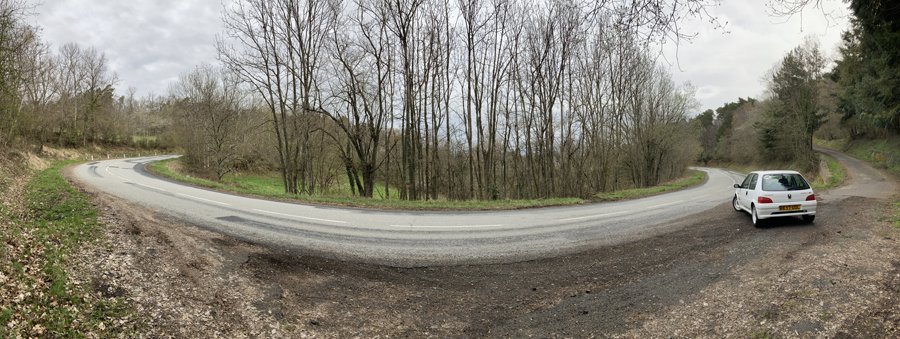


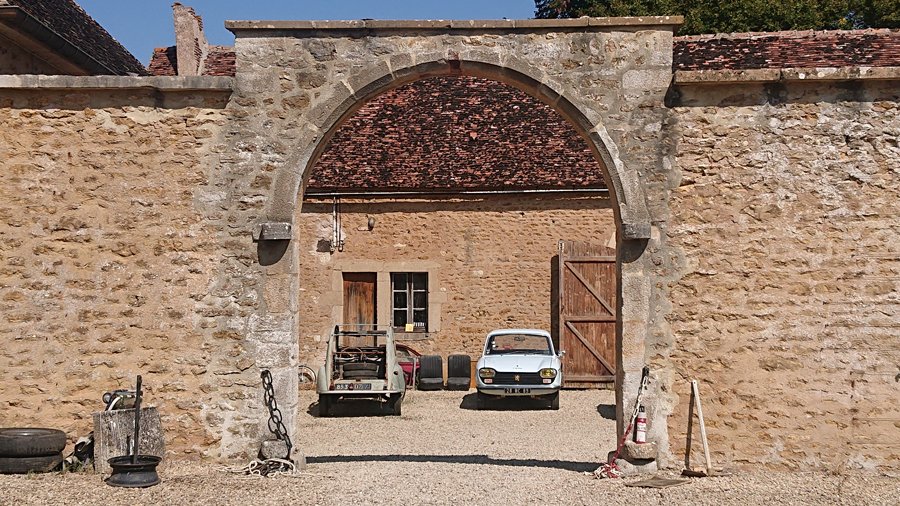








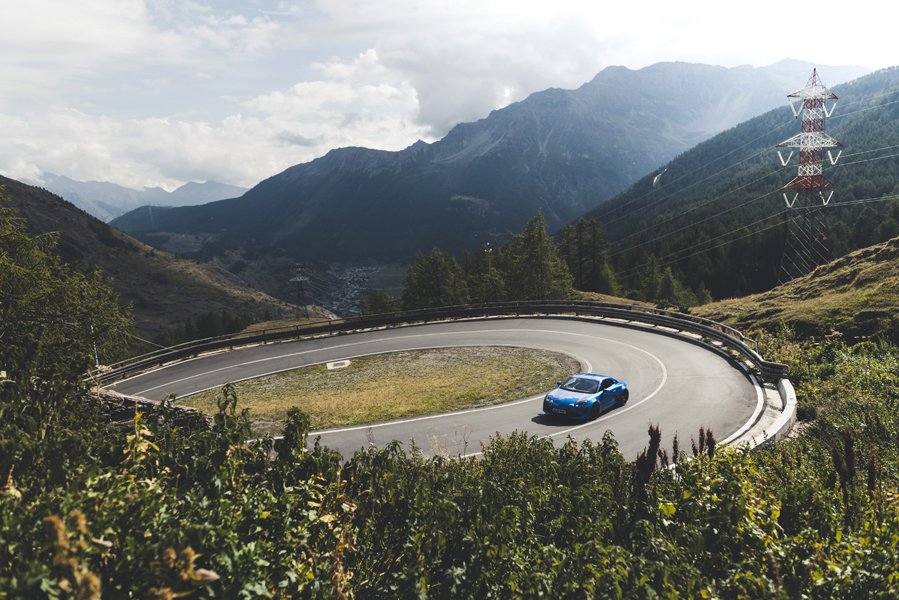

For car enthusiasts there’s an unwritten rule when entering a tunnel. You drop your windows and drop down a gear to hear the engine echo off the walls.